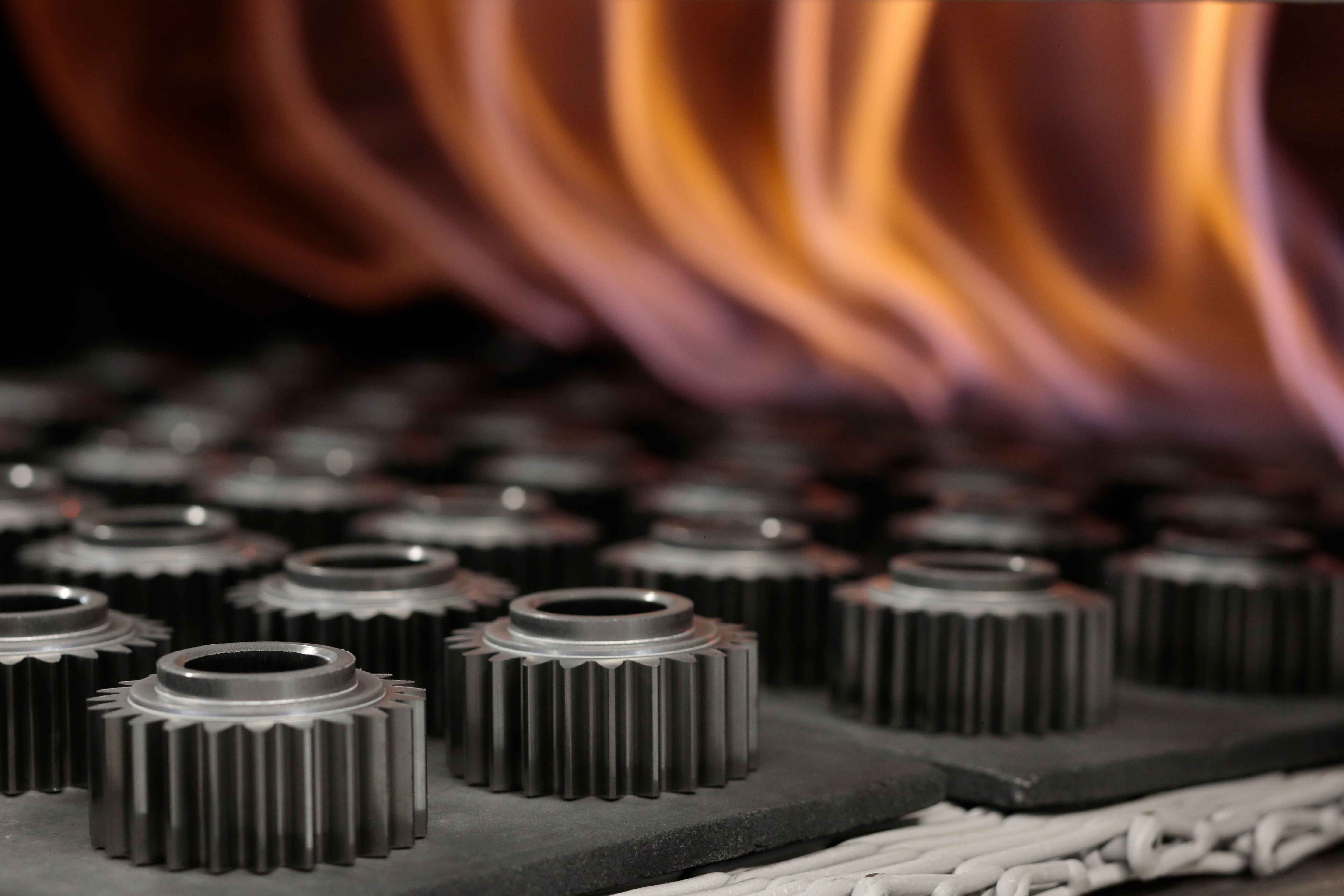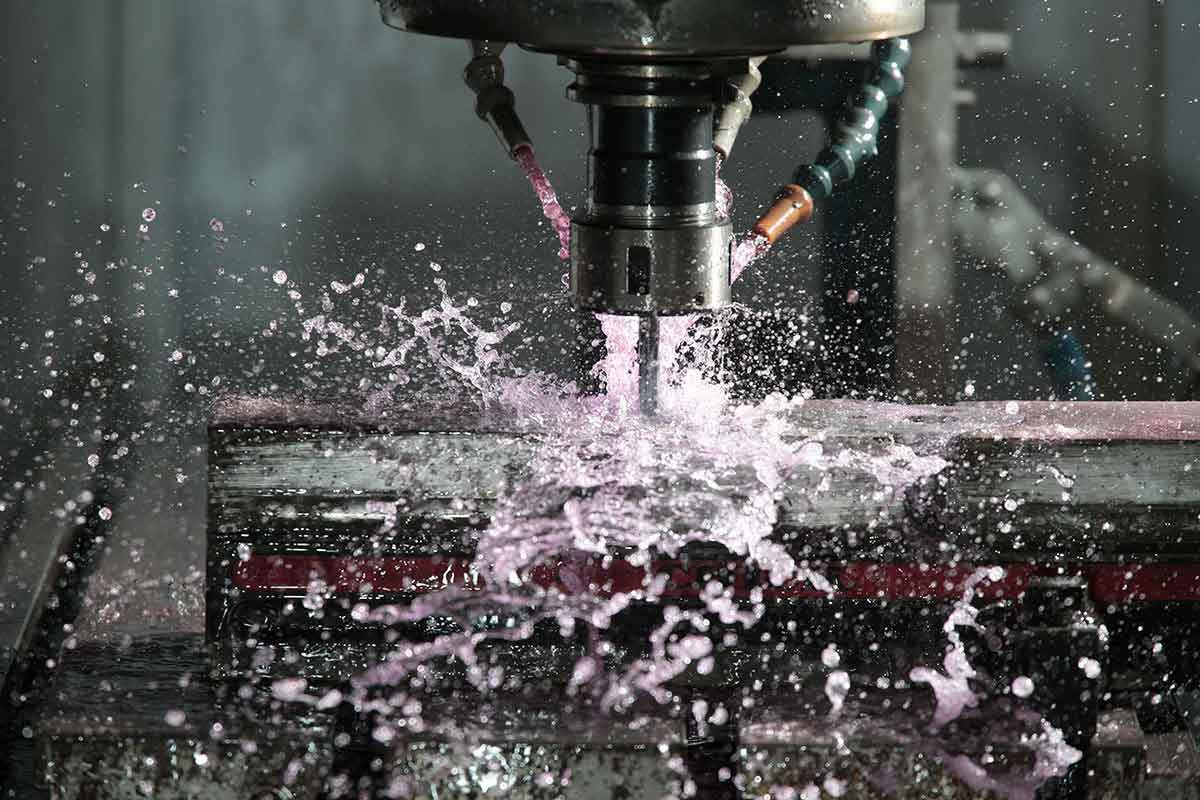China Metal Powder is an industry leader in the manufacturing technologies associated with the pm process. From our computer-controlled, multi-function presses and specially designed, high-temperature, sintering furnaces to our secondary operations facilities and innovative processes such as pm joining techniques, we have aggressively invested in equipment and programs to increase productivity and reduce costs.

We are innovators in pm material technology, including the development, selection, and blending of a wide variety of standard and custom pm materials and alloys. Elemental or pre-alloyed metal powders are tested to precise specifications. We conduct carbon, oxygen, and nitrogen analysis on our material formulations, and we use digital microphotography to analyze the microstructure of various pm materials. Tested and approved materials are then mixed with lubricants or other alloy additions to produce a homogeneous mixture of ingredients. Tests are performed to ensure that the materials developed for your component are optimal for its manufacturing and operating environments.

In the pressing, or compaction, phase of the pm manufacturing process, a controlled amount of mixed powder is automatically fed into a precision die. The mixture is then compacted, usually at room temperature, in presses of various tonnages, depending on the size, configuration, and density requirements of the part. Compacting produces what is generally referred to as a green compact, which has the size and shape of the finished part when ejected from the die, and sufficient strength for in-process handling and transport to the sintering furnace.
Conventional compaction is performed in hard tooling. Conventional press production rates can vary from a few hundred to over 2,000 pieces per hour, and are dependent on material filling properties, component size and geometry, and machine type.

In the sintering phase, the component and the final pm material are formed in a single step. In sintering, the green compact parts move into a controlled atmosphere sintering furnace capable of reaching temperatures up to 2,600˚ F. The parts are heated to below the melting point of the base metal, held at the sintering temperature, and then cooled. Sintering transforms the compacted mechanical bonds between the powder particles into metallurgical bonds. It is the sintering step that provides the pm part’s primary metallurgical properties.

Most parts are formed to net shape and require no secondary machining, but China Metal Powder can perform a variety of optional manufacturing and finishing operations to provide additional complexity and precision or to enhance the density, strength, shape, corrosion resistance, or performance properties of any part. China Metal Powder’s secondary manufacturing and finishing capabilities are among the most extensive in the pm industry. By offering these extensive secondary capabilities, China Metal Powder can provide complete “to print” service.